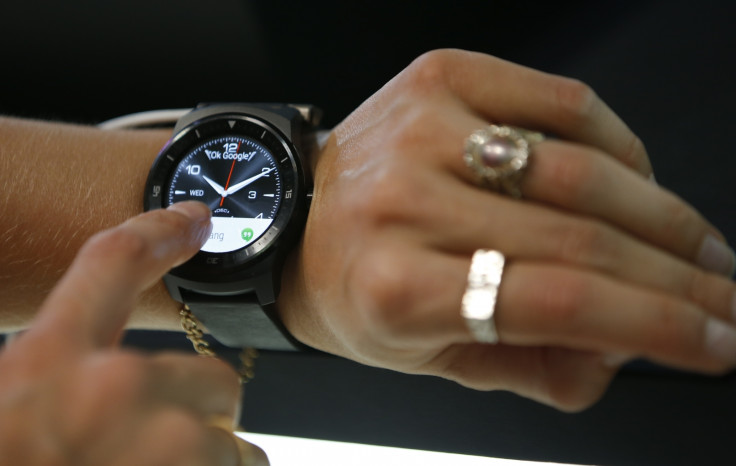Microsoft VP: Creating sticky software is most critical challenge for smartwatches to overcome

Less than a year on from the birth of the smartwatch as we now know it, the industry has overcome the initial hurdle of bad design. But there are still several major challenges ahead, with sticky software the most critical, says Microsoft vice president Jo Harlow.
Speaking to IBTimes UK at Mobile World Congress, Harlow, who leads Microsoft's phone division, formerly the Nokia Lumia business, says wearables "are here to stay and are going to grow [in use and popularity] exponentially," but so far the gadgets lack software appealing enough to stop users from abandoning them after a few months.
"Probably the most important thing I see is not the device itself, it is what the services are behind it," Harlow said at a roundtable interview attended by IBTimes UK.
Smartwatches are "probably not" going to get us to leave our smartphones at home - despite LG announcing the (Korea-only) Watch Urbane LTE at MWC, featuring its own 4G connection and the ability to make calls and send text messages. "But the question is, 'what is the service offered behind the wearable?' I think that is the real differentiator," Harlow said.
The first challenge for smartwatches was to be attractive, and Harlow believes manufacturers have now mostly solved that. MWC saw the regular LG Watch Urbane go head-to-head with the equally attractive Huawei Watch, both of which borrow high-end design from their non-smart Swiss counterparts rather than smartphones. These will soon be joined by the Apple Watch, which is expected to get a release date on 9 March.
Making software sticky
Now aesthetics have been addressed, making wearables "sticky" is what Harlow believes is most important, and this will be done with creative software which differentiates them from what smartphones currently offer.
Even more important than battery life - criticised for being little more than one day for most smartwatches - Harlow said "the most critical part, for it to be a scale business, is for a service that makes it sticky, not something you wear for three months then put in the drawer."
Not yet a smartwatch manufacturer, Microsoft offers its Health service for fitness tracking through devices like the Fitbit. Harlow describes Microsoft Health as "a great example of how ultimately the services will be super important ... it's devices serving software.
All eyes will be on Google I/O in May, the search giant's annual developer conference where its Android Wear smartwatch operating system debuted last year, and where this year developers, manufacturing partners and consumers alike will be eager to see what new features will be coming to the next 12 months of wearables.
HoloLens
Harlow spoke briefly about Microsoft's longterm plan for wearables, the HoloLens augmented reality headset which blends the environment around you with a virtual computer interface. "I'm excited about some of those technologies coming into smartphones and making augmented reality even more accessible," the vice president said.
Talking of phones, Harlow said Microsoft will have a new Windows 10 flagship handset coming later this year, but refused to give any further details, other than the company believes flagships should have screen sizes of between 5.3 and 5.7 inches.
We hope to hear more about Microsoft's phone and wearable plans at its Build developer conference in April.
© Copyright IBTimes 2025. All rights reserved.






















